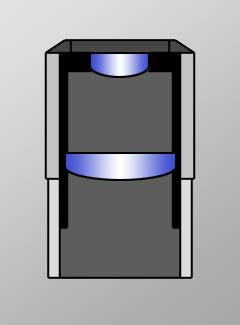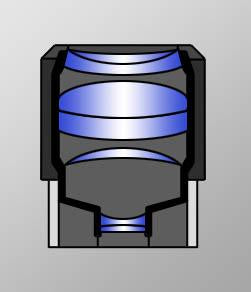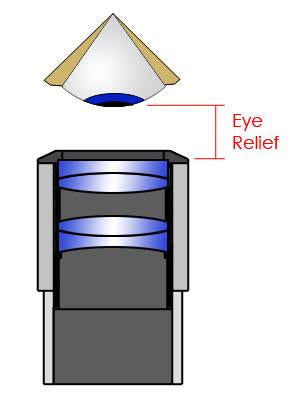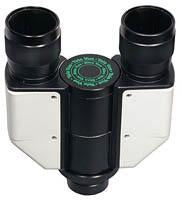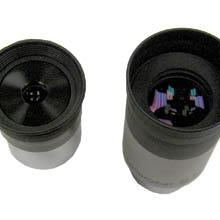
Understanding Eyepieces
Eyepieces determine the magnification and field of view of a telescope. Different eyepieces are used to view different objects. Some objects, such as nebulae and star clusters, appear quite large and are best viewed at low magnifications (which give a...


